The open housing slewing drive is a critical mechanical component gaining popularity in steering systems across a range of heavy-duty and industrial vehicles. This specialized drive integrates a slewing ring bearing with a worm gear or other drive mechanism into a compact, open-frame assembly that can deliver precision motion, high torque, and reliable performance under demanding conditions. Its design offers specific advantages in environments where protection from debris is not a primary concern or where ease of maintenance, compact design, and cost-efficiency outweigh the need for full enclosure. In this blog post, as a high performance slew drive manufacturing factory, YOJU will share the use of open housing slewing drive in steering system.
1. Overview of Open Housing Slewing Drives
An open housing slewing drive consists of a slewing ring (a rolling-element bearing capable of handling axial, radial, and moment loads), integrated with a worm shaft, and partially exposed mechanical components housed within a supportive, often cast or machined base. Unlike enclosed drives, open housing designs expose part of the gear train for easier access, reduced manufacturing complexity, and improved thermal dissipation.
In steering applications, this configuration enables smooth and accurate rotational movement, converting rotary motion from the drive motor into the angular displacement necessary to steer vehicle axles or chassis segments. The compact and robust structure makes it suitable for various industrial steering applications, including those in construction machinery, mining equipment, forestry vehicles, and marine platforms.
2. Working Principle in Steering Systems
In steering systems, especially for vehicles like articulated dump trucks, straddle carriers, aerial lifts, and modular transporters, the open housing slewing drive functions as the steering actuator.
Here's how it works:
* Input Motion: A hydraulic, electric, or manual motor delivers rotational input to the worm gear.
* Gear Reduction: The worm gear interfaces with the slewing ring's gear teeth (internal or external), enabling significant gear reduction. This increases torque while maintaining compact size.
* Slewing Rotation: The reduced, high-torque output causes the slewing ring to rotate, which is mechanically connected to the vehicle's upper structure or axle.
* Steering Displacement: The angular rotation results in steering motion of the front or rear axles, chassis joints, or rotating cabins, depending on vehicle design.
The entire process must be precisely controlled to ensure smooth, stable steering, particularly under heavy loads or uneven terrains.
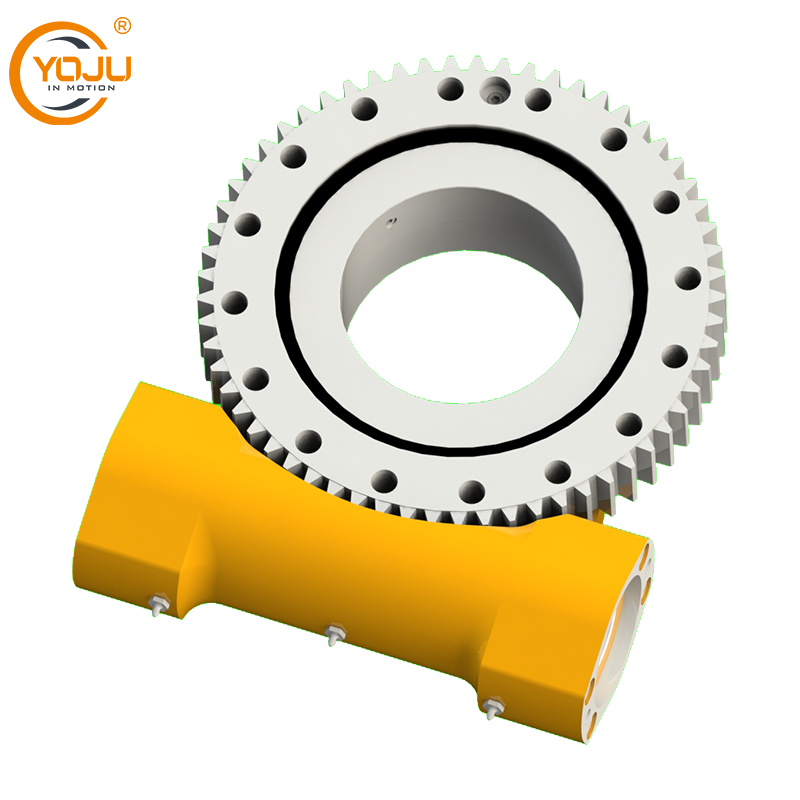
3. Technical Advantages in Steering Applications
3.1 High Load-Bearing Capability
Open housing slewing drives are engineered to support combined axial, radial, and overturning moments, critical in steering systems where dynamic loads fluctuate rapidly. This capacity is especially important in:
* Multi-axle steering
* Mobile cranes with rotating platforms
* Off-road vehicles with uneven weight distribution
3.2 Compact and Modular Design
Their integration of drive mechanism and bearing in one unit saves space and simplifies the assembly process. This is crucial in applications where space constraints demand a low-profile steering actuator that can deliver powerful torque without adding to the footprint.
3.3 Simplified Maintenance
Open housing designs provide visual and physical access to internal gear components, facilitating lubrication, inspection, and part replacement. This ease of maintenance reduces downtime and long-term costs, making them ideal for field-based machinery operating in remote or rugged environments.
3.4 Cost Efficiency
By omitting full enclosure, manufacturers save on material and machining costs. For environments where contamination is not a primary concern, or where custom covers are added during integration, this leads to significant cost reductions.
3.5 Enhanced Thermal Dissipation
The open housing promotes better airflow and cooling, which helps dissipate heat generated during continuous steering operations. Overheating can degrade lubricant and accelerate wear, so improved thermal management contributes to system longevity.
4. Design Considerations and Engineering Challenges
Despite its many advantages, the use of open housing slewing drives in steering systems demands careful engineering to ensure performance and longevity. Critical considerations include:
4.1 Lubrication Strategy
Open gears are more exposed to environmental contaminants and require reliable lubrication systems. Engineers must select appropriate grease types, establish re-lubrication schedules, or integrate automatic lubrication devices to maintain performance under harsh conditions.
4.2 Corrosion and Debris Protection
While open designs allow exposure, systems operating in corrosive or dusty environments may need additional shielding or localized housing to prevent premature wear. Custom rubber seals, partial covers, or external housings may be applied as needed.
4.3 Precision and Backlash Control
Backlash between the worm and gear teeth must be minimized to ensure accurate and responsive steering. Precision machining, preloaded gears, and backlash compensation mechanisms are essential in high-precision applications such as autonomous vehicles or robotic steering.
4.4 Integration with Control Systems
Modern steering systems are often part of a broader vehicle control architecture involving sensors, encoders, and controllers. Open housing slewing drives must be compatible with these systems and offer feedback capabilities (e.g., position sensors) to ensure synchronized motion and safety.
5. Application Examples in Modern Steering Systems
5.1 Articulated Dump Trucks
These trucks rely on slewing drives for pivot-based steering between the cab and dump bed. Open housing units provide the required torque for steering large loads and simplify maintenance in demanding construction zones.
5.2 Straddle Carriers
Used in container terminals, these vehicles use slewing drives for axle steering to maneuver heavy loads in tight spaces. The drive's compact design allows for multi-axle steering in a confined footprint.
5.3 Forestry and Agricultural Equipment
Harvesters and tractors often operate in dusty, rugged environments where open slewing drives offer a good balance between torque delivery and ease of maintenance. Steering through chassis articulation or axle pivoting is commonly managed by these drives.
5.4 Modular Transporters and Self-Propelled Trailers
In modular heavy transport systems, steering multiple wheels or bogies simultaneously requires high-torque actuation. Slewing drives are used in coordination with electronic steering controls to ensure synchronized motion across all axles.
5.5 Aerial Work Platforms
Rotating cabins or booms in aerial lifts require reliable slewing for both positioning and safety. Open housing slewing drives provide the necessary torque with minimal added weight, ideal for extending reach without compromising stability.
Conclusion
Open housing slewing drives represent a practical, reliable, and efficient solution for steering system integration in a wide array of industrial and off-highway vehicles. Their high torque output, ease of maintenance, compact design, and cost advantages make them particularly well-suited for rugged environments where performance and serviceability are paramount. As machinery design continues to evolve toward automation and smarter systems, the role of open slewing drives in delivering robust steering capabilities will remain vital. With ongoing material science improvements, integration of smart technologies, and enhanced precision engineering, these drives are set to become even more integral to next-generation vehicle platforms.
www.enyoju.com
YOJU

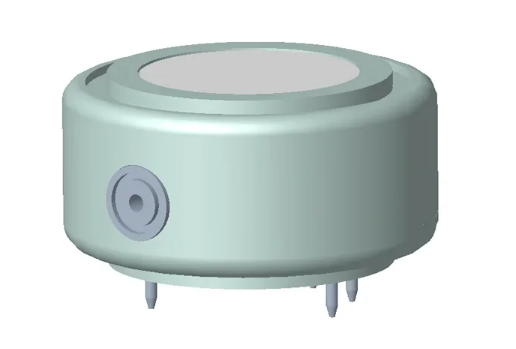
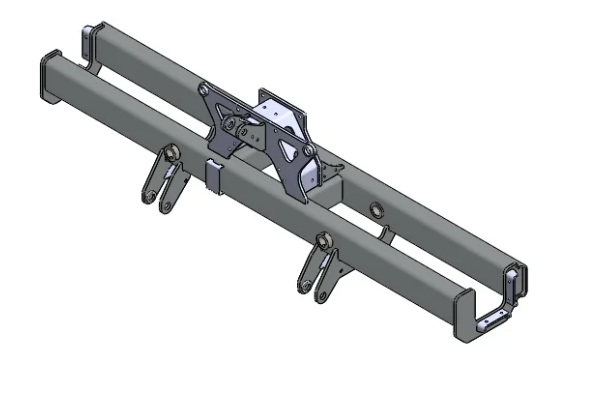
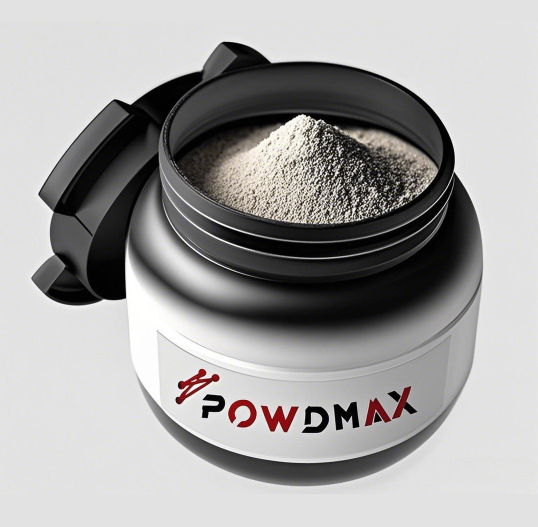
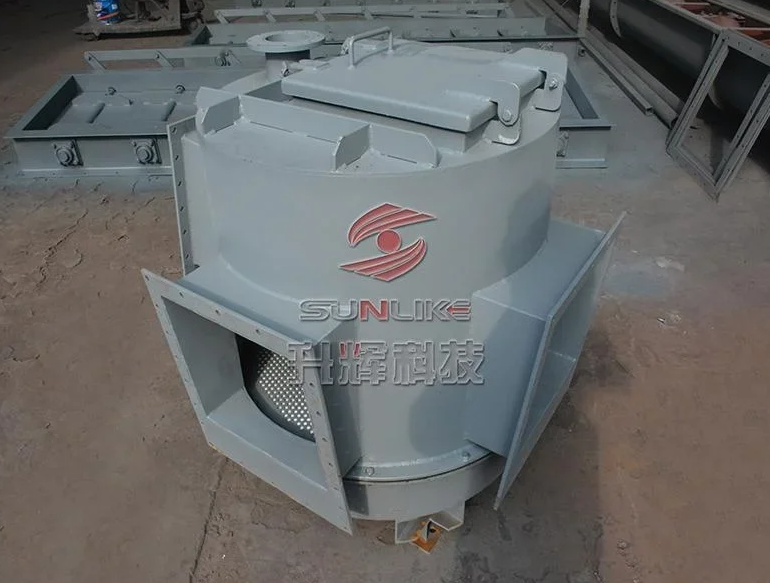
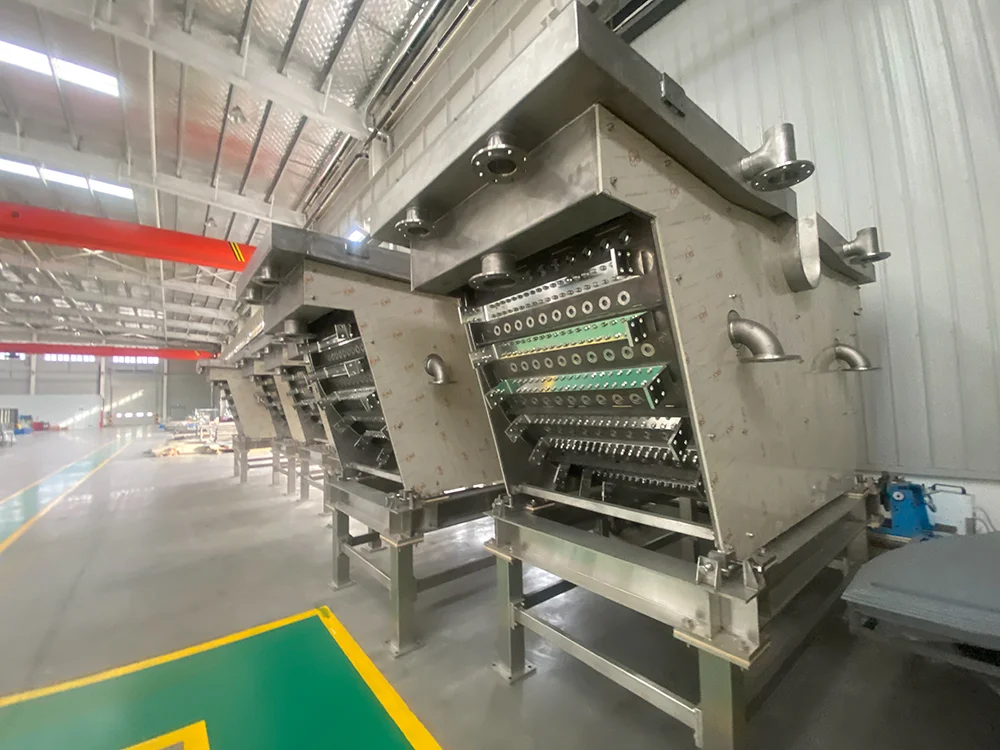
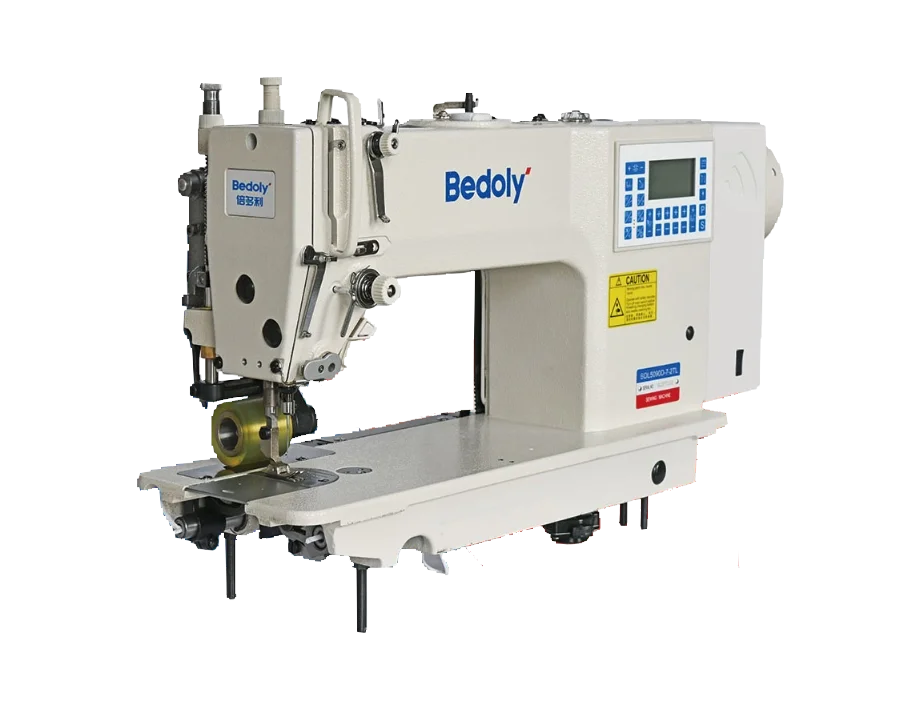
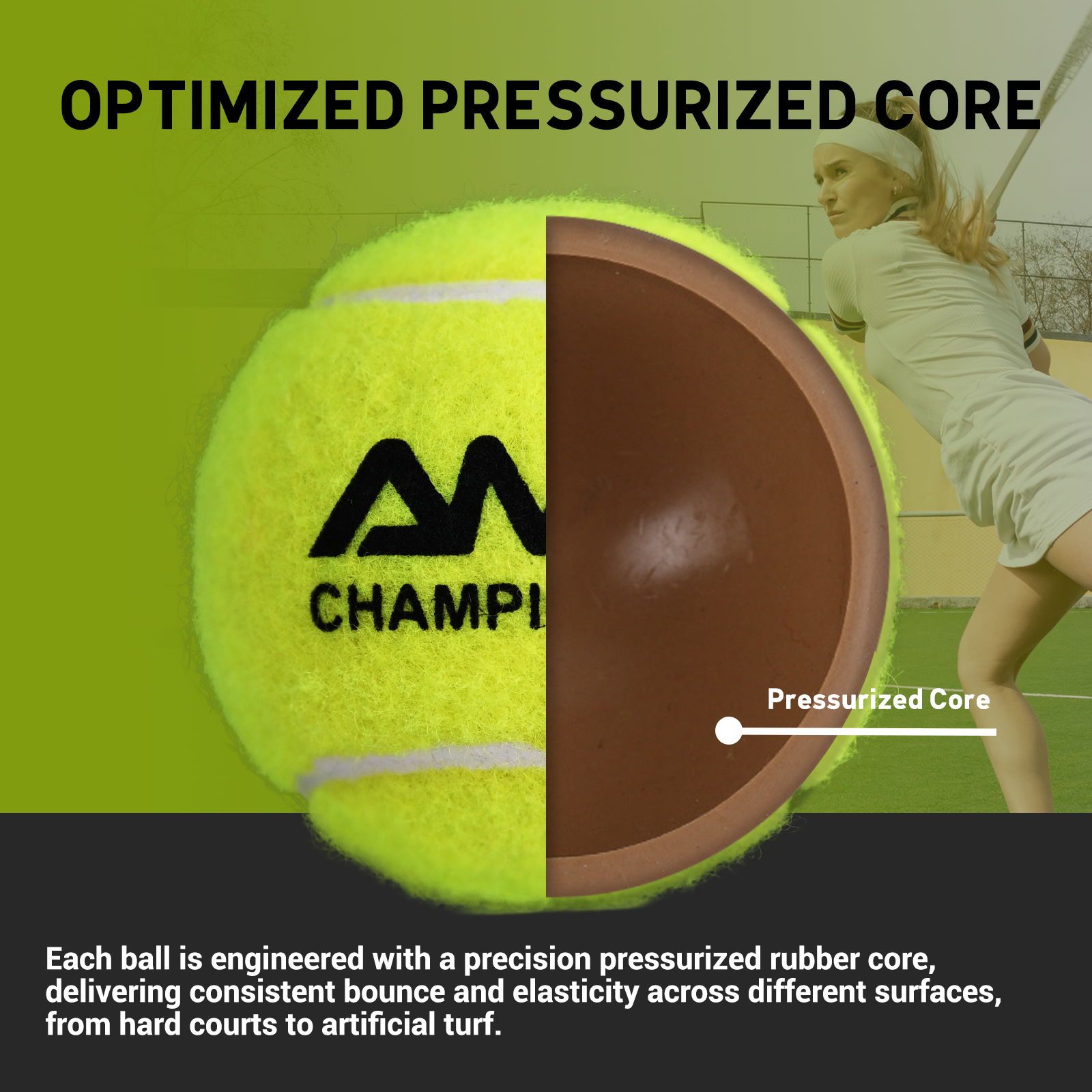
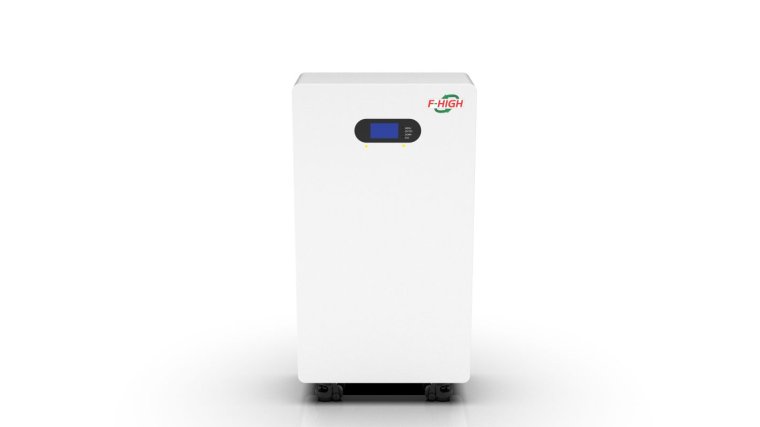

+ There are no comments
Add yours